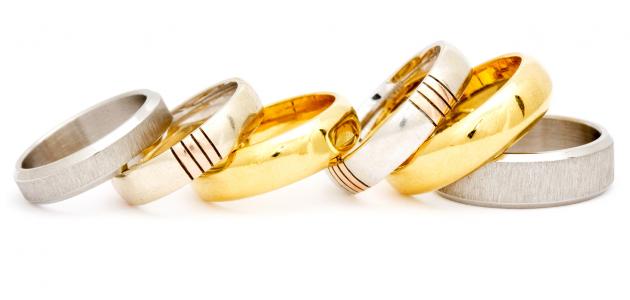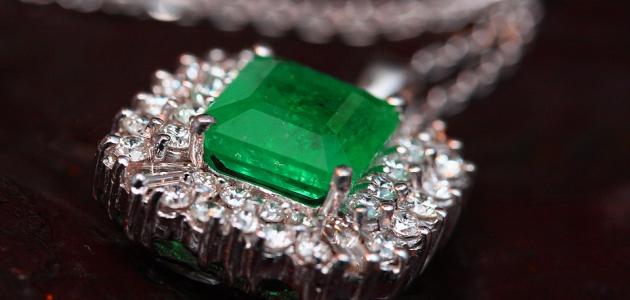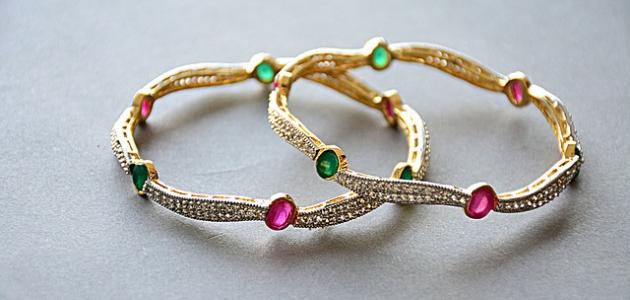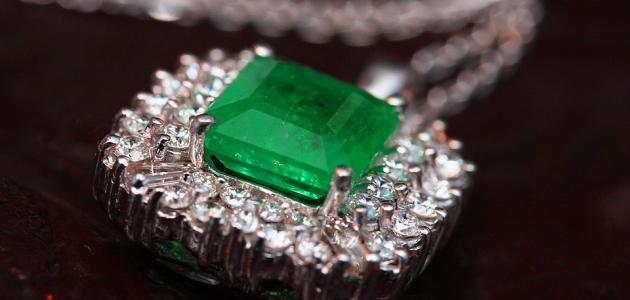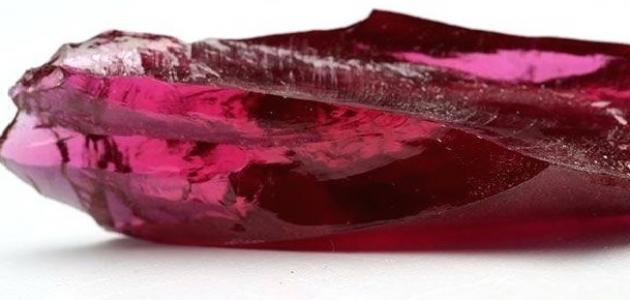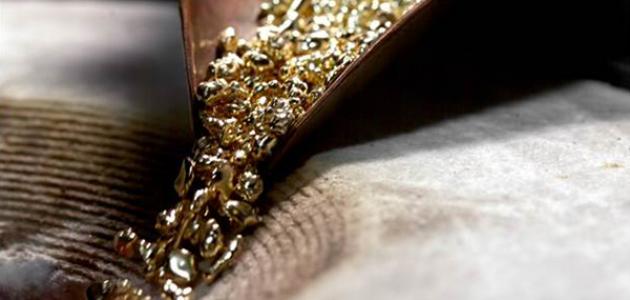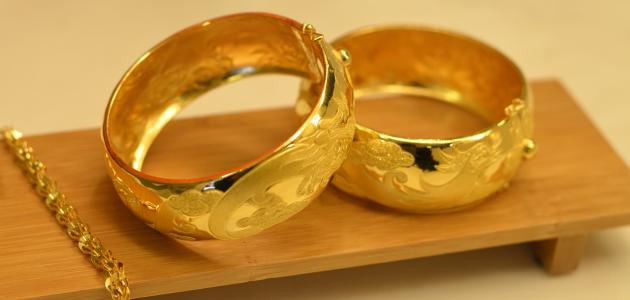الذهب
Gold is considered one of the very precious metals, and it is a chemical element with the symbol (Au). It is called dust before it is manufactured. It is found in nature in the form of granules inside rocks, or at the bottom of rivers. It is also found in the form of veins in the ground, and it may be pure, or Mixed with other metals such as copper, it is also characterized by its ductility, bright yellow color, softness, lack of corrosion, and high density. It is widely used in the manufacture of ornaments and jewelry. It is also used as a cash reserve for all currencies currently, except for the US dollar.
How to check gold
Sensory tests
It is based on the senses without the use of any other materials, and these tests are:
- the weight: It is a simple test that you can do by holding two pieces of gold in your hands, taking into account that the two pieces are of the same size, in order to be able to differentiate between the original and adulterated gold, as the original gold is characterized as a dense metal.
- Gold stamp: Where a stamp is placed on the original piece of gold, indicating the type of gold and its caliber, which is 14, 18, 22, or 24 karat.
- biting: By biting the piece of gold, to test its purity, ductility, and the fact that the gold is soft, the bite will leave a mark on the piece of gold, especially pure gold of 22 or 24 karat.
- Visual inspection: This inspection is used for chains and necklaces only, without rings and alloys. If any cuts or openings are noticed in the necklace or chain, the gold is considered not pure. As for pure gold, the piece must be sealed.
- Odor: By rubbing the piece of gold with the palm of the hands vigorously, then smelling the smell, and if you smell a smell similar to the smell of acids, this is evidence that the gold is plated and not original.
Tests using some materials
- Ceramic: By rubbing the piece of gold with a piece of ceramic, and if the ceramic leaves any trace on the piece, the gold is considered pure.
- Vinegar or sour: Where gold is one of the metals that do not interact with acid or oxygen; Because of its high density, the method is used by placing a point of vinegar or acid on the piece of gold, and in the event of an interaction, it is considered an indication of the impurity of the gold, and the appearance of the green color is considered evidence that the metal is ordinary, or plated with gold, while the appearance of the white color, this This indicates that the piece is silver and gold-plated.
- Density in water: By placing two pieces of gold, of the same size, in a container filled with water, observing the height of the water as soon as the two pieces of gold are placed, then calculating the amount of water displaced from them, using Archimedes’ law (density = mass / volume), and if you get a result close to 19 grams / Milliliters, this indicates that the piece of gold is genuine, and the following is an example of how to calculate:
- If we assume that the weight of each of the two gold pieces is 38 grams, and when they are placed in a container of water, the volume of the displaced water is 2 milliliters, and by using the Archimedes equation, the density = mass / volume, i.e. 38/2 = 19 grams / milliliters.
- magnet: It is considered one of the simplest ways, by bringing the piece of gold closer to the magnet, and in the event of an attraction, this indicates that the gold is not pure, and that it is not original; Because gold is not attracted to magnets because of its high density.


